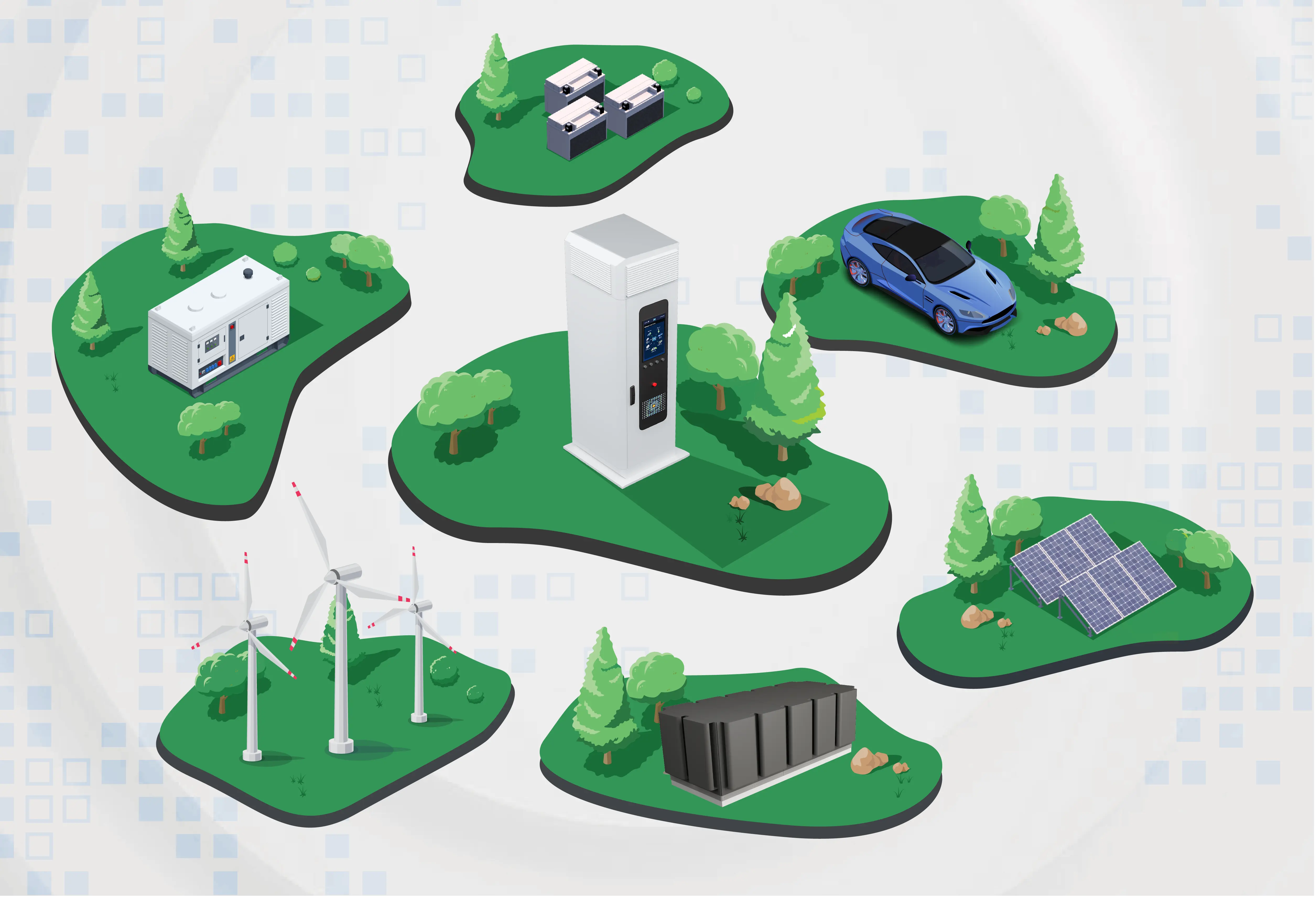Understanding and Mitigating Demand Charges from Utilities
As the world moves towards greater electrification, commercial and industrial (C&I) customers are increasingly grappling with the impact of demand charges on their utility bills. Demand charges are fees that utilities impose based on the highest level of power drawn during a billing period, typically measured in kilowatts (kW). These charges can constitute as much as 50% of a C&I customer’s utility bill, making them a significant financial concern. With the rise of electrification, particularly through the adoption of electric vehicles (EVs) and other energy-intensive technologies, demand charges are expected to increase, further straining the budgets of businesses. In this article, we explore strategies to mitigate demand charges, including the use of energy storage, on-site energy generation, grid response strategies like demand response, virtual power plants (VPPs), and vehicle-to-grid (V2G) technology, all underpinned by advanced energy management software.



